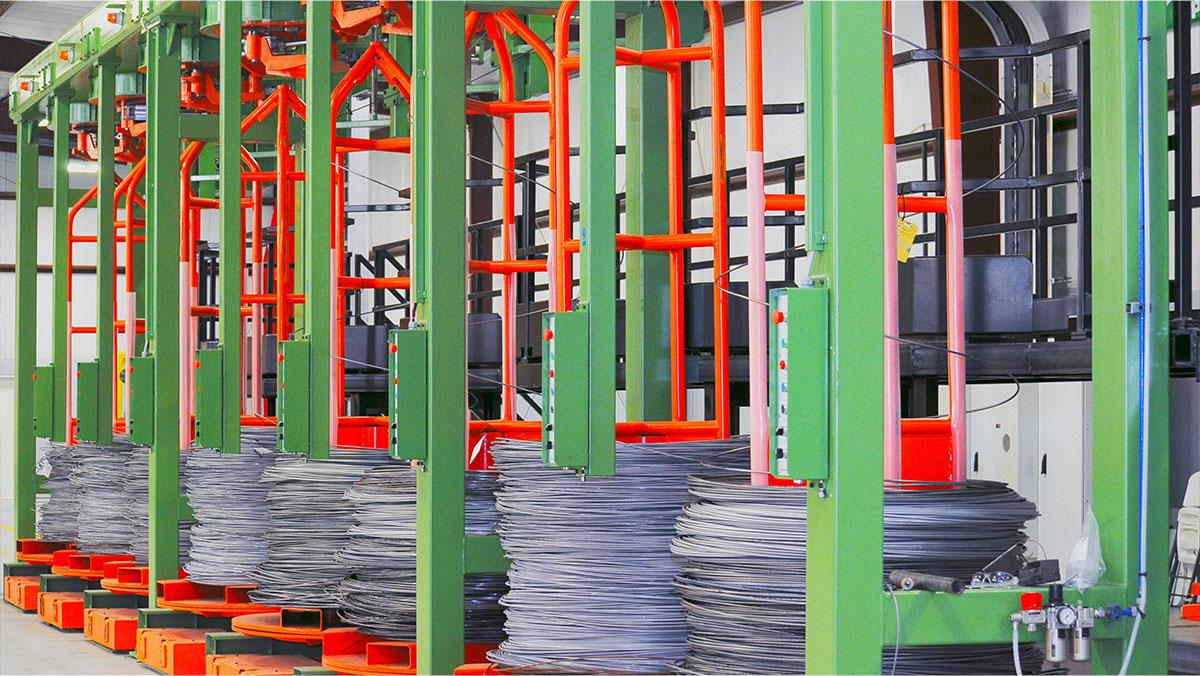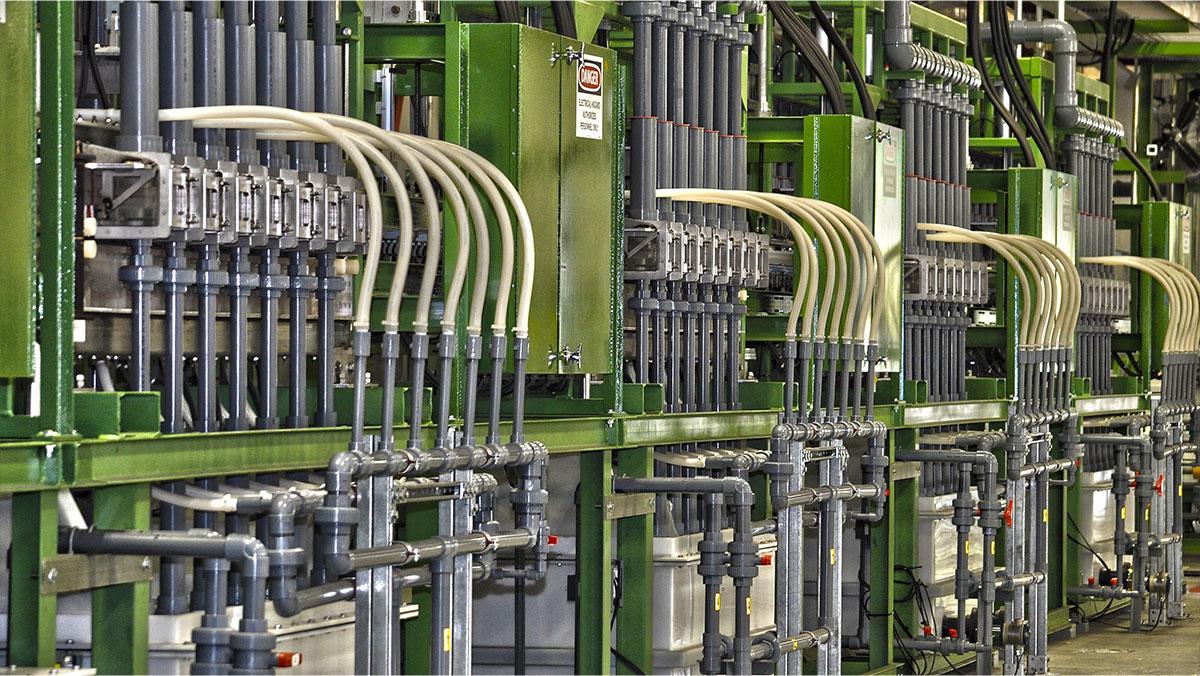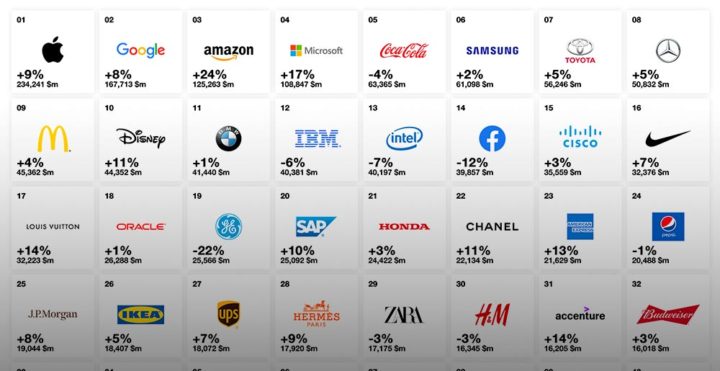CAP Technologies: Balancing Consistency, Availability, and Partition Tolerance
CAP Technologies, at the forefront of modern distributed systems, present a fascinating dilemma: how to ensure data consistency, availability, and fault tolerance in a network prone to disruptions. This exploration […]

CAP Technologies, at the forefront of modern distributed systems, present a fascinating dilemma: how to ensure data consistency, availability, and fault tolerance in a network prone to disruptions. This exploration delves into the core principles of CAP, exploring the trade-offs inherent in choosing between these critical properties.
The CAP theorem, a fundamental principle in distributed systems, highlights the inherent tension between consistency, availability, and partition tolerance. Understanding these trade-offs is crucial for designing robust and scalable applications that can withstand network failures and maintain data integrity.
CAP Theorem Explained

The CAP theorem, also known as Brewer’s theorem, is a fundamental concept in distributed systems. It states that in a distributed system, it is impossible to simultaneously guarantee all three of the following properties: Consistency, Availability, and Partition Tolerance. This theorem has significant implications for designing and understanding distributed systems, as it forces developers to make trade-offs between these properties.
Consistency, Cap technologies
Consistency refers to the ability of a distributed system to maintain a consistent view of data across all nodes. In other words, all nodes should have the same, up-to-date data at any given time. There are different levels of consistency, such as strong consistency, weak consistency, and eventual consistency. Strong consistency ensures that all nodes have the same data at all times, while eventual consistency allows for temporary inconsistencies, with the expectation that data will eventually become consistent.
Availability
Availability refers to the ability of a distributed system to respond to requests from clients. In other words, the system should always be available to clients, even in the presence of failures. A highly available system is one that can continue to operate even if some of its nodes are unavailable.
Partition Tolerance
Partition tolerance refers to the ability of a distributed system to continue operating even when there is a network partition. A network partition occurs when different parts of the distributed system cannot communicate with each other. This can happen due to network failures, hardware failures, or other unforeseen events.
Trade-offs
The CAP theorem highlights the trade-offs involved in choosing between these properties. In a distributed system, it is impossible to guarantee all three properties simultaneously. This is because partition tolerance is essential for fault tolerance, but it can conflict with consistency and availability.
A system can only satisfy two out of the three properties at any given time.
Scenarios Where Each Property is Prioritized
- Consistency: Systems that require strict consistency, such as financial transactions, databases, and other critical applications. These systems prioritize data integrity and accuracy over availability.
- Availability: Systems that require high availability, such as web services, social media platforms, and other applications where downtime is unacceptable. These systems prioritize availability over consistency, accepting temporary inconsistencies in data.
- Partition Tolerance: Systems that operate in environments where network partitions are common, such as geographically distributed systems, mobile applications, and other applications where network connectivity is unreliable. These systems prioritize partition tolerance over consistency and availability.
Implications of CAP Technologies
The CAP theorem, a fundamental principle in distributed systems, highlights the trade-offs inherent in designing systems that prioritize consistency, availability, and partition tolerance. Understanding the implications of CAP is crucial for architects and developers aiming to build robust and scalable applications. This section delves into the impact of CAP on system performance and scalability, explores potential challenges, and examines strategies for mitigating the downsides of CAP trade-offs.
Impact on System Performance and Scalability
The CAP theorem’s implications are significant for system performance and scalability. Understanding the trade-offs associated with CAP allows for informed decisions regarding system design and optimization.
- Consistency-focused systems prioritize data integrity and accuracy. These systems may exhibit slower performance due to the need for consensus across nodes before data is considered valid. For example, a database that prioritizes consistency might require all replicas to acknowledge a write operation before returning success to the client, leading to increased latency.
- Availability-focused systems prioritize uninterrupted service even in the face of network partitions. These systems may sacrifice consistency to ensure continuous operation. For instance, a system might allow for temporary inconsistencies in data during a network outage to maintain availability, but the data will be reconciled once the network is restored.
- Partition-tolerant systems prioritize resilience and availability in the presence of network failures. These systems may tolerate data inconsistencies to ensure continuous operation. For example, a distributed cache that prioritizes partition tolerance might allow for temporary inconsistencies in data across different nodes, but these inconsistencies will be resolved eventually.
Challenges and Limitations of CAP-compliant Systems
CAP-compliant systems face inherent challenges and limitations due to the trade-offs they must make. Understanding these limitations is essential for designing and managing CAP-compliant systems effectively.
- Complexity: Implementing CAP-compliant systems can be complex, requiring careful design and implementation to handle the trade-offs involved. For example, a system that prioritizes availability may require sophisticated mechanisms to handle data inconsistencies, potentially adding complexity to the system architecture.
- Performance trade-offs: CAP-compliant systems often involve performance trade-offs. For example, a system that prioritizes consistency might experience slower write operations due to the need for consensus across all nodes.
- Data consistency: Maintaining data consistency across nodes can be challenging in distributed systems, especially in the presence of network partitions. For example, a system that prioritizes availability might experience temporary data inconsistencies during a network outage, which can be challenging to resolve.
Strategies for Mitigating CAP Trade-offs
Despite the challenges, various strategies can be employed to mitigate the downsides of CAP trade-offs and optimize system design.
- Choose the right CAP trade-off: The choice of CAP trade-off should be based on the specific requirements of the application. For example, a system that requires high availability and fault tolerance might prioritize availability over consistency.
- Use appropriate data structures and algorithms: Choosing the right data structures and algorithms can help minimize the impact of CAP trade-offs. For example, using a distributed database that employs techniques like conflict resolution can help manage data consistency in a distributed environment.
- Implement fault-tolerant mechanisms: Fault-tolerant mechanisms can help mitigate the impact of network partitions and other failures. For example, using replication and quorum-based consensus algorithms can help ensure data availability even in the presence of failures.
Conclusion: Cap Technologies

The implications of CAP Technologies extend far beyond theoretical concepts. From database design choices to the performance and scalability of distributed systems, the trade-offs between consistency, availability, and partition tolerance have a profound impact on how we build and manage modern applications. As we move towards increasingly distributed and complex systems, the insights gleaned from CAP Technologies will continue to guide our efforts to create reliable and resilient software solutions.
CAP technologies, standing for Consistency, Availability, and Partition Tolerance, represent a fundamental principle in distributed systems. While ensuring all three is impossible, systems often prioritize two, leading to trade-offs. One interesting approach to managing these trade-offs is through the use of ripple technologies , which leverage a network of nodes to maintain consistency and availability even in the face of network partitions.
These technologies, often employed in blockchain systems, demonstrate how innovative solutions can be developed to address the inherent challenges of CAP in distributed environments.




